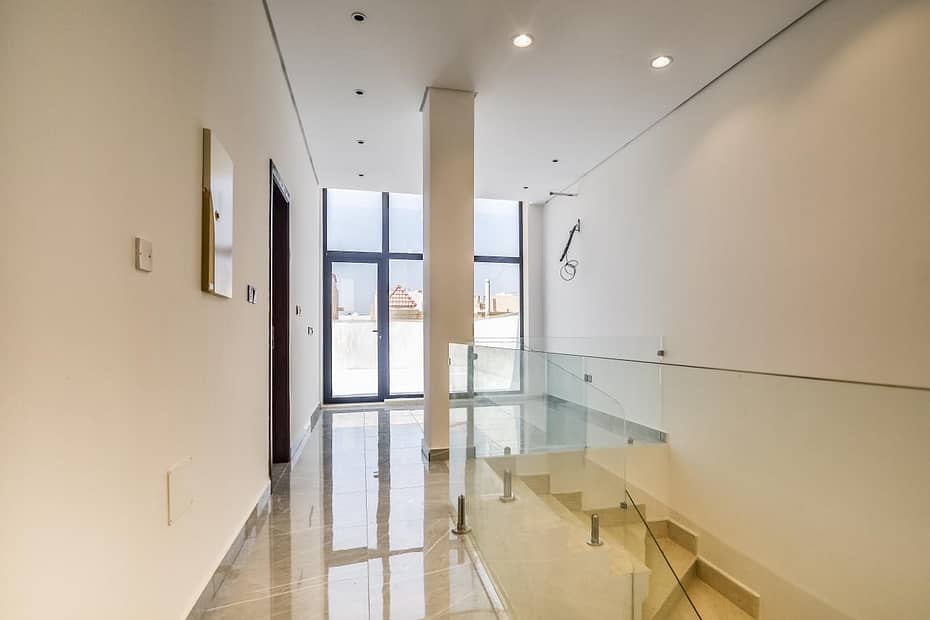The spaces we live in have a huge impact on our overall well-being, in our fast-paced, technology-driven world.
Interior design, which was previously associated only with aesthetics and functionality, is now known for its profound impact on our physical and mental health.
Nowadays, interior design goes beyond just decoration; It aims to create environments that promote relaxation, productivity and a sense of harmony.
Let’s explore together the different ways interior design positively impacts our health and well-being in the modern age.

Mental health spaces
Interior design has the ability to shape our mental state and promote a feeling of calm and tranquility.
In today’s fast-paced world, stress and anxiety have become prevalent issues.
However, through thoughtful design choices, interior designers can create spaces that alleviate these concerns.
Incorporating elements such as soft lighting,
natural materials and cozy textures can help create a relaxing environment that promotes relaxation and reduces stress levels.

Biophilic design: connecting with nature indoors
One of the most influential trends in interior design today is biophilic design.
Which brings nature into our indoor spaces.
Incorporating plants, natural materials and organic patterns not only enhances the aesthetic appeal but also has a positive impact on our health.
Studies have shown that exposure to nature, even indoors,
It can reduce blood pressure, improve cognitive function, and increase productivity.
Biophilic design reconnects us with the natural world, providing a sense of calm and well-being.

Improving the work environment for physical health:
The way we design and arrange our furniture and work spaces can have a significant impact on our physical health.
Nowadays, ergonomic considerations are at the forefront of interior design.
Ergonomically designed furniture, adjustable desks,
and proper lighting help promote good posture, reduce the risk of musculoskeletal disorders, and enhance overall comfort.
Interior designers strive to create spaces that prioritize physical well-being.
This ensures our bodies are properly supported, reducing stress and discomfort.

Color Psychology: Harnessing the Power of Colors:
Colors have a profound impact on our mood and emotions, and interior design takes advantage of this knowledge to create spaces that positively impact our mental state.
Nowadays, interior designers are well versed in color psychology,
They use colors strategically to evoke certain emotions.
For example, blue and green promote a feeling of calm, while yellow and orange can promote energy and creativity.
Thoughtful color choices can lift our spirits, enhance focus and create a harmonious atmosphere.

Lighting Design: Balancing Ambience and Function:
Lighting is an important aspect of interior design that can affect our mood, energy levels and overall well-being.
Designers today focus on creating spaces that balance natural and artificial lighting.
Maximizing natural light not only reduces reliance on artificial sources;
It also enhances our circadian rhythm and promotes better sleep quality.
Additionally, incorporating adjustable lighting options allows us to tailor the ambiance of the space to our needs,
Whether bright and invigorating or warm and cozy.

So the impact of interior design on our health and well-being in today’s fast-paced and stressful world cannot be underestimated.
From promoting mental health to enhancing physical comfort, interior design plays a vital role in creating spaces that support our overall health.
Vibrant design, ergonomic considerations, color psychology and lighting design contribute to creating environments that inspire relaxation, enhance productivity and promote a sense of harmony.
More on INJ Architects:
